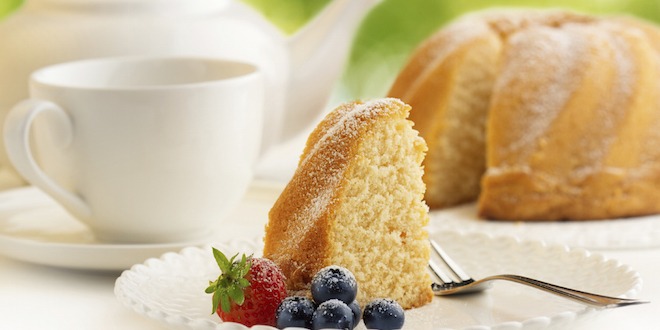When people are diagnosed with diabetes, one of the first responses is often “so now I suppose desserts are now banned?” It’s a common misconception. Let’s look at the facts about desserts and diabetes.
Balance your carbs in your meal plan
Desserts contain carbohydrates from sugar, fruit or sweeteners. As such, if a dessert is scheduled, it must be counted within the carb limits of a diabetes meal plan. This means substituting it for other carbohydrates in the meal plan.
These other carbs may be healthier foods. For example, whole grain breads and pasta or rice are generally more nutritious than cakes. Sugar also has a very high carb count, which raises blood glucose levels quickly. For these reasons, although you can occasionally enjoy a very small dessert serving, it is usually recommended to save desserts for special occasions.
Reconsider the size of your dessert
Serving size is very important. If in a restaurant, suggest sharing a small portion to keep the carb count down. Remember that even a small serving will need to substitute for another carbohydrate in the meal. For example, the dessert might substitute for your bread portion.
Look at possible substitutions
Some desserts are healthier than others. You can help manage sweet cravings at home by preparing desserts from recipes that use sugar substitutes. Sugar substitutes do not contain calories and have no impact on blood glucose levels. A number of brands are available in Canada, which have all undergone rigorous safety testing. They all taste much sweeter than sugar, so very little is needed. For all the ins and outs about different sweeteners and how they may be described on food labels, read our expert dietitian’s blog Too Sweet to Be True.
Remember that fruits can be the basis for delicious and healthier desserts, although they too contain carbohydrates and must substitute for another carb in the meal. You can buy sugar-free whipped toppings to jazz fruits up, or try a sauce like pureed raspberries over a perfectly ripe peach or a poached pear.
Fat is another culprit in many desserts. Look for recipes that substitute fruit sauce for part of the fat content. Fat-free angel food cake is also a delicious option, served with seasonal or frozen berries.
When people with diabetes are attending social events and don’t want to indulge in desserts, it can be helpful to plan excuses ahead. For example, if you don't want to get into a conversation about diabetes, it would be perfectly appropriate to say something like “No, thank you, I’m way too full!”
 Diabetes Care Community Learn, connect and care
Diabetes Care Community Learn, connect and care






